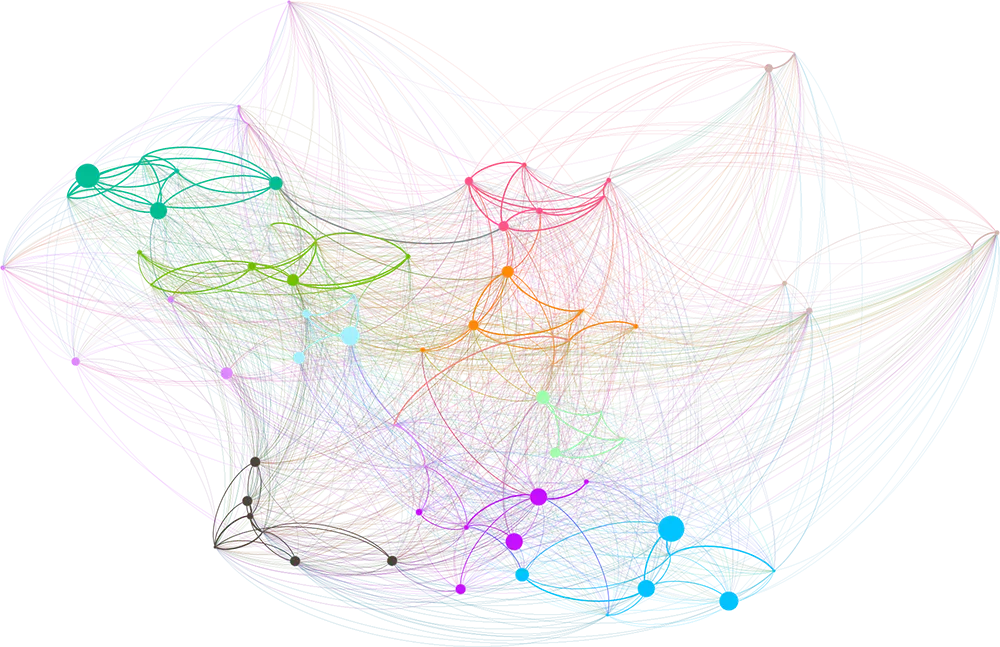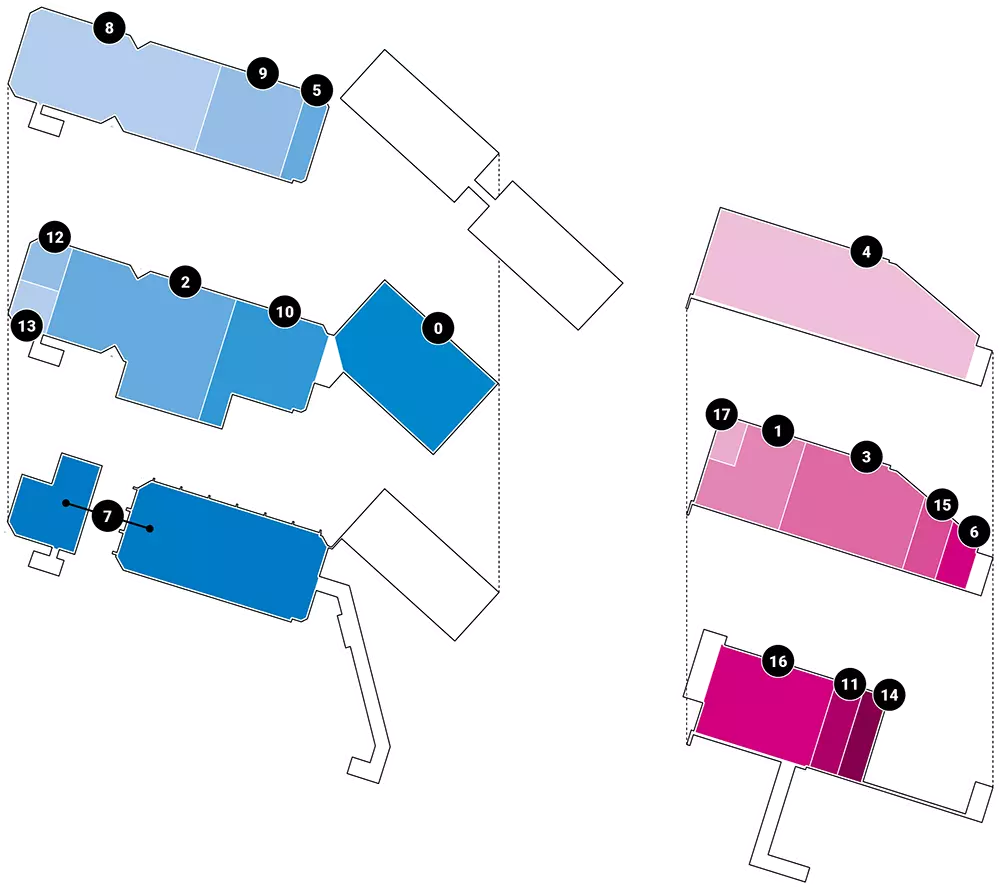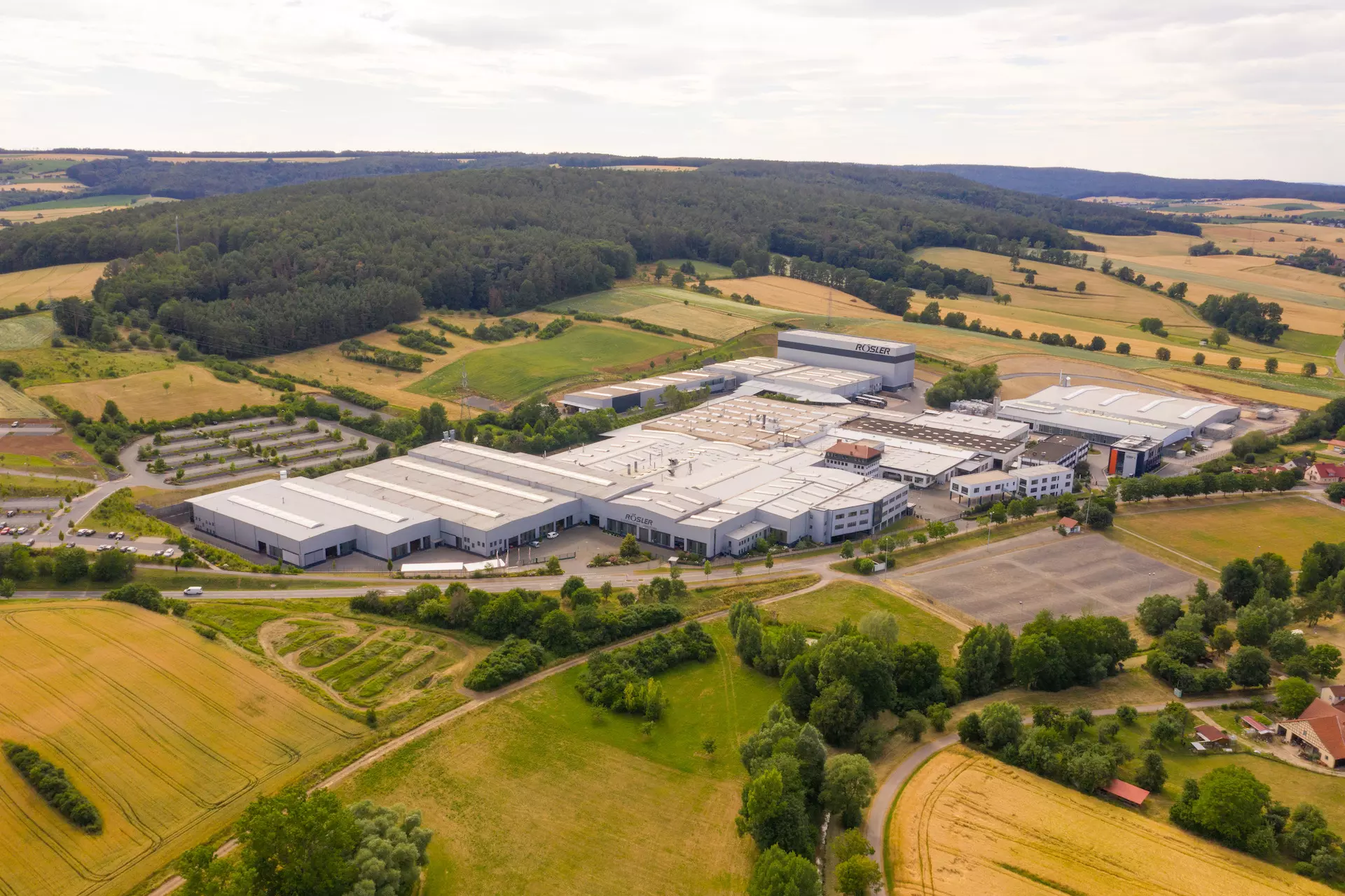Boosting success through improved collaboration
By implementing spaciv, Rösler was able to evaluate the needs of their employees and establish a transparent data context. This revealed that collaboration is not optimally supported by the existing workplace. spaciv’s features for scenario modelling enabled Rösler to intelligently explore thousands of alternatives, empowering the management to make informed decisions. Instead of a proposed new build, spaciv revealed that Rösler is able to provide a more cost efficient, collaborative and sustainable workplace through space optimisation.
The customer

The Rösler Group is the world’s leading expert in the field of surface finishing technology and related services. A focus on innovation and a high degree of vertical integration are the core of the company’s success.
The problem
“Collaboration between our teams is the foundation of our success, but our workplace could not support this.”
Volker Löhnert, Executive Director Mass Finishing
The solution
24% less space required
49% shorter work paths
Details
Before reaching out to spaciv, Rösler was planning to expand their offices with the construction of a new building in Untermerzbach, the site of the company’s headquarters. Rösler chose to use spaciv to develop a strategy for their future workplace because of the intrinsic objectivity of a digital, data-driven solution. The initial goals were to develop a detailed understanding of the needs of their space user and analyse the existing spaces to verify whether they were being used to their maximum potential. Furthermore, Rösler was aware of the fact that their spaces were fragmented and therefore questioned whether they could be reconfigured to better support their organisation’s processes. spaciv offered a solution that would allow all of these aspects to be addressed quickly.
“With spaciv, we made our user needs transparent and developed a data context to intelligently plan our future workplace.”
Stephan Böhnlein, Business Unit Manager Production
The automated data evaluation features detected clusters, identified activity profiles and compiled various custom space needs. The visualisation of quantitative inputs uncovered many new insights. For example, the evaluation of activity-modes and the existing spaces showed that instead of the many large meeting rooms a mix of smaller spaces to meet and retreat was needed. In the knowledge economy, a company’s success is hugely dependent on the exchange of information. Therefore, spaces for communication and collaboration that encourage this are vital. Rösler’s employees had already indicated a need for change prior to the implementation of spaciv. However, there was no evidence to suggest a serious issue. spaciv delivered data to objectively justify an investment decision.

Explore and plan
The spaciv interface allows users to go through different options and play with scenarios. It is a dynamic process with instant feedback. Rösler explored numerous scenarios and tested the impact of many different variables. For example, different office types for different management levels, the introduction of shared-desk concepts and different growth forecasts.
Furthermore, simulating a redistribution of the organization’s teams, showed that existing work ways had the potential to be reduced by 49%. Proximity to relevant departments, means improved access to knowledge and information, ultimately resulting in improved productivity, efficiency, inspiration and innovation within the organisation.
“By exploring different scenarios, we developed a new confidence in our decision-making process, ultimately enabling us to make decisions faster.”
Stephan Böhnlein, Business Unit Manager Production
Simulating scenarios, layouts and paths; assessing the merits and demerits as well as the probability and sustainability of each, put Rösler in a position to make informed decisions about how they want to work in the future. Having developed a detailed understanding of current and future user needs, Rösler used spaciv to translate these needs into a space program that is tailored to their unique requirements and developed layouts that optimally prepare the organisation for the future.

Continually improve and adapt
Companies and organisations are and should be dynamic. As Rösler is continuing to lead the development of surface finishing technologies, the company is taking on new challenges on a daily basis. By introducing spaciv they have implemented a solution that gives them transparency and allows the agile adaption of the workplace to constantly evolving needs. The mapping of activities, relationships, paths and processes gave insights, provided options and highlighted opportunities. spaciv helped shape a concept that is efficient, supports work processes and ultimately enables users.
“With spaciv, we have implemented a platform that enables us to dynamically optimise our workplace according to our user-needs, empowering our organisation to meet the challenges of tomorrow.”
Stephan Rösler, President and CEO
Rösler will use spaciv continually, as it will allow them to develop knowledge and awareness about the evolution of their work processes and the resulting needs. The needs of space users will automatically be updated, allowing managers to work with up-to-date information and enable them to take appropriate action. Instead of reacting to changes, Rösler is proactively shaping the workplace and leveraging the potential of its physical space.

